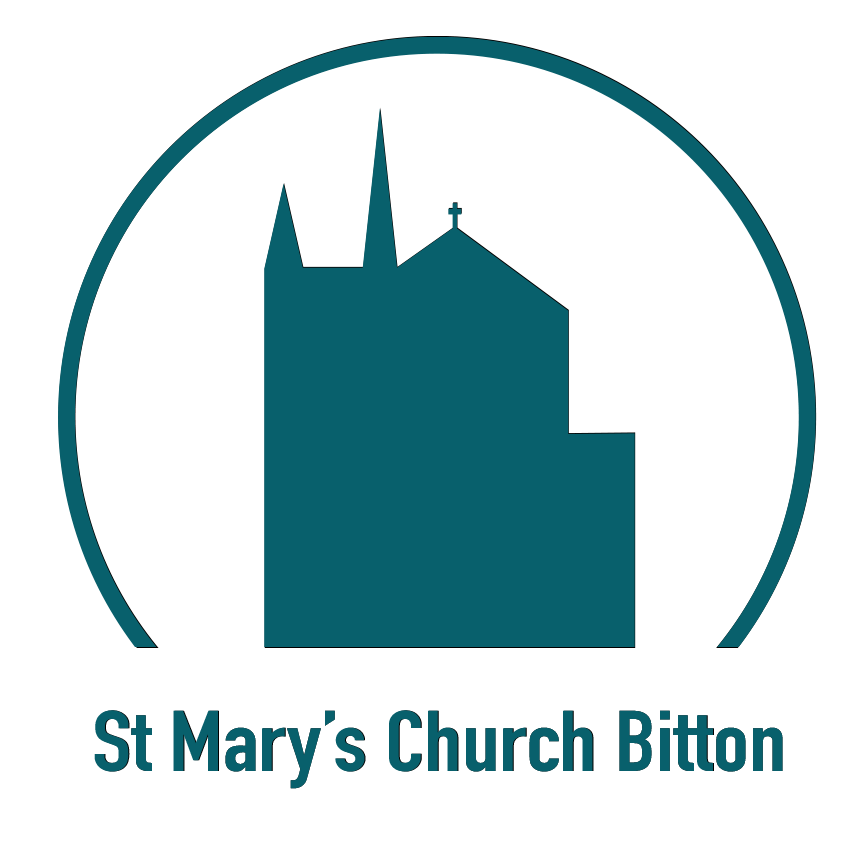Our Bells
If you would like to come and hear the bells or join our ringing team, you will be welcomed on practice nights, on Mondays, 7-45 to 9-00pm. Special occasions apart, ringing days are 1st, 3rd and 5th Sundays of the month.
Bells are long-lived. Three of the bells were being made in the year 1633 before the Civil War. There are two others from later in the same century and one from the century that followed.
From church to church, bells can sound very different. The eight bells of St Mary’s, in the key of E, are noted for their tuneful and pleasant tone. The Tenor weighs 14cwt (711kg)
In case you are unfamiliar with church bells: each bell hangs with its clapper hanging loose. In this position it is said to be ‘Down’. Before the bells can be rung, ringers separately, from down below in the ringing chamber, have to pull on their rope and make the bell swing gradually higher and higher until it is pointing upwards, where it rests. When all the bells have been ‘rung up’ like this, the ringers are ready to begin.
Until 1936 the St Mary’s ring was of six bells and they were hung on wooden frames. The six bells were restored and rehung; two new treble bells were added in memory of Blanche Ellen Taylor, the wife of Frank Henning William Taylor, MA, who was vicar of Bitton at that time.
The bells were rehung on metal frames and ball-bearing mountings and the original six were brought in tune with the two new ones. They were dedicated on 5th December, 1936.

In this chart it will be noticed that the overall weight of the present back bells was reduced quite considerably, particularly the tenor, which was reduced by 3.5 cwt. The bells were made smaller by a method known as ‘chip tuning’; this is the skilful removal of large chips of metal from the outer rim of the bell until its note and tone are correct. It is also believed that some form of ‘skimming’ of the bells was done.
Two records of the ringers’ performances in the form of painted peal boards which still hang in the belfries of great cathedrals and quiet village churches throughout the country. It was common practice for ringers to do this. At St Mary’s, Bitton, the first peal we know of – from one of these painted boards – was a ‘Date Peal’ consisting of 1871 changes, rung on the original six bells on December 26th, 1871.
Inscriptions on the bells
Treble: “I was added to this ring by sev. gifts, 1694 procured by L. Bush and and Reg. Harding L.C.”
2nd: “W.H.A.B., Anno dommin [sic], 1633”
3rd: “W.H.A.B., anno domini 1633”
4th: “Robert Anthony Woodward, C.W., 1669, W.P.R.P.”
5th: “Mr John Palmer and Richard Francis, churchwardens, 1740”
Tenor: “Come when I call to serve God all, 1633 W.H.A.B.
Two of the eight bellropes hang, waiting for duty. Notice the small red spot at the far end of the coat rack. This is a bell: when a wedding is in progress the ringers cannot see what’s happening below, so they need the signal bell to tell them when the moment has come for them to start ringing.
The Ellacombe Chimes
At Bitton we have the original Ellacombe Chimes. The Rev. H.T. Ellacombe, Vicar of Bitton from 1817 to 1850, wanted some means of enabling the bells to be rung by one person. When this method is used, the bells remain ‘still’ (in the down position) and are struck on the inside of the rim by hammers attached to ropes. The ropes are housed in a frame on the wall of the church porch; just one person is thus able to ring the bells. Over the years, several methods of chiming have been devised but the ‘Bitton Method’ is said to be kindest to the bells and the least likely to cause damage.
Ellacombe’s own words:
In his history of Bitton, published in 1881, Ellacombe writes:“In the basement of the [St Mary’s Bitton] tower is a manual within a case for chiming the bells for services by means of a hammer striking the insideof the bell. This was set up in 1822 (we now know this was the year before in 1821). The method was suggested to me by Sam Watts, a clever workman, and is supposed to be the first thing of that sort. Since that time the contrivance has been set up in about 200 towers. ”All round the western world the name of Ellacombe is known; the phrase ‘Ellacombe-type chimes’ can be found over and over again in church documents. If you are interested in Ellacombe and his work you will want to read his book, Practical Remarks on Belfries and Ringers, With an Appendix on Chiming.

A brief history of bellringing
Handel has been credited with saying that the bell is the English national instrument and centuries ago England was called the ‘Ringing Isle’.Only in England did the idea develop of having a number of men to ring the bells as a team and, consequently, this led to a uniquely English way of hanging bells and change ringing.Change ringing would seem to have started in London or Norwich towards the middle of the 17th century, then slowly spread across the country and to many corners of the English-speaking world. It became a fashionable pastime in the early 18th century in London and many of the larger towns, but by the second half of the 19th century ringing had sunk to a low ebb and ringers had fallen far in the public estimation. It was at this time that the church generally began to take an active interest in its belfries. A number of clergy felt that the time had come for drastic reform and, as a result, there began to be founded the various diocesan ringers’ associations, which encouraged the art of change ringing. The art, as a result, acquired new life and, with active interest and support of many clergy, became at last firmly associated with the church whose towers and bells it had used for so long. Much of the terminology used today remains unchanged from the early 18th century.
And remember: if you would like to come and see the church, hear the bells rung, you will be welcomed on practice nights, Mondays from 7.45 till 9.00. Special occasions apart, ringing days are 1st, 3rd and 5th Sundays of the month.



